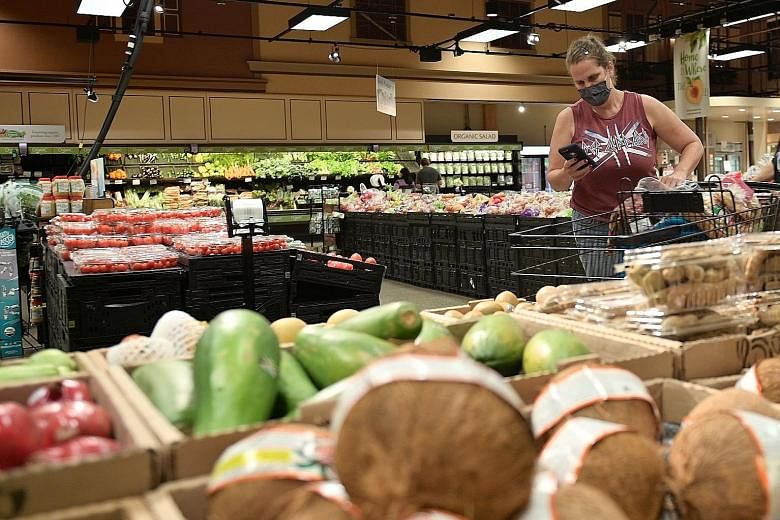The risks of algorithmic discrimination and bias have received much attention and scrutiny, and rightly so. Yet there is another more insidious side effect of a society increasingly powered by artificial intelligence (AI) - the systematic inequality created by the changing nature of work itself.
We have long feared a future where robots take our jobs, but what happens when a significant portion of the workforce simply ends up in algorithmically managed jobs with little future and few possibilities for advancement?
Already a subscriber? Log in
Read the full story and more at $9.90/month
Get exclusive reports and insights with more than 500 subscriber-only articles every month
ST One Digital
$9.90/month
No contract
ST app access on 1 mobile device
Unlock these benefits
All subscriber-only content on ST app and straitstimes.com
Easy access any time via ST app on 1 mobile device
E-paper with 2-week archive so you won't miss out on content that matters to you

